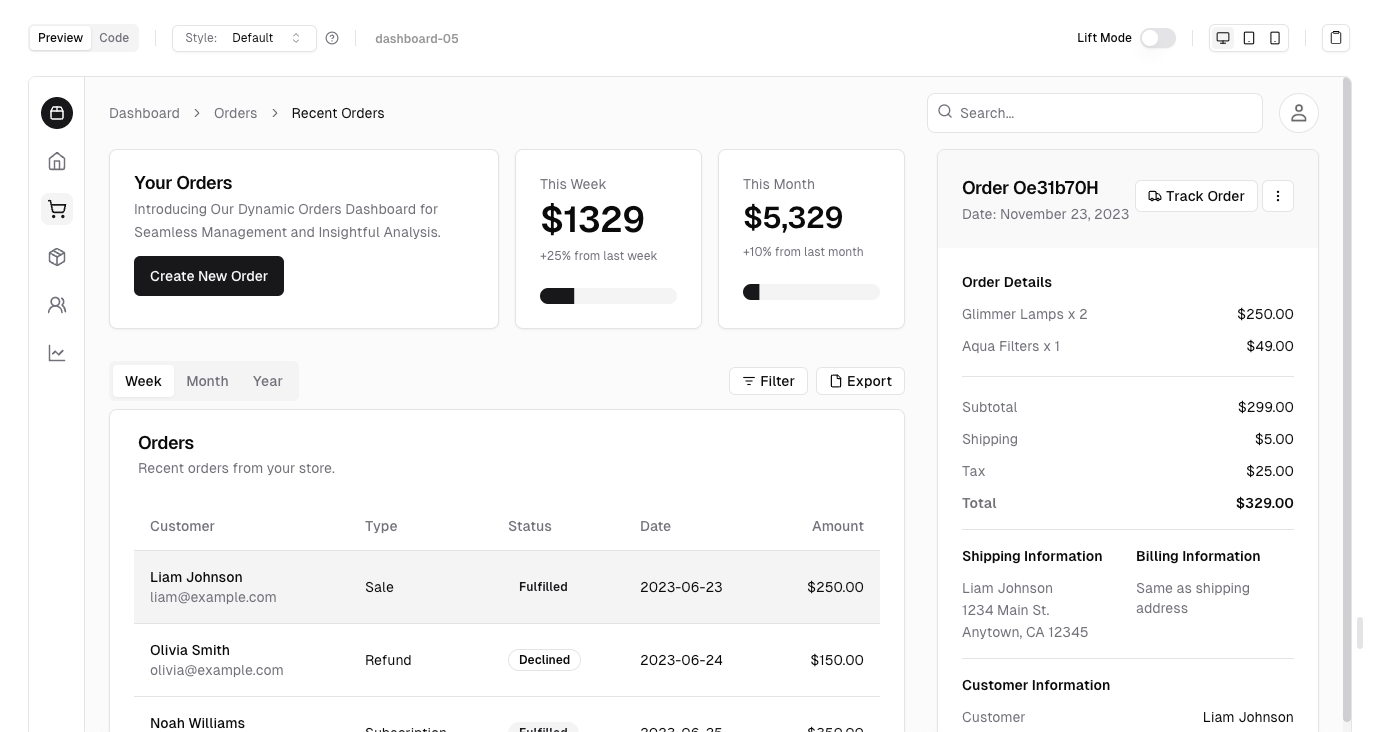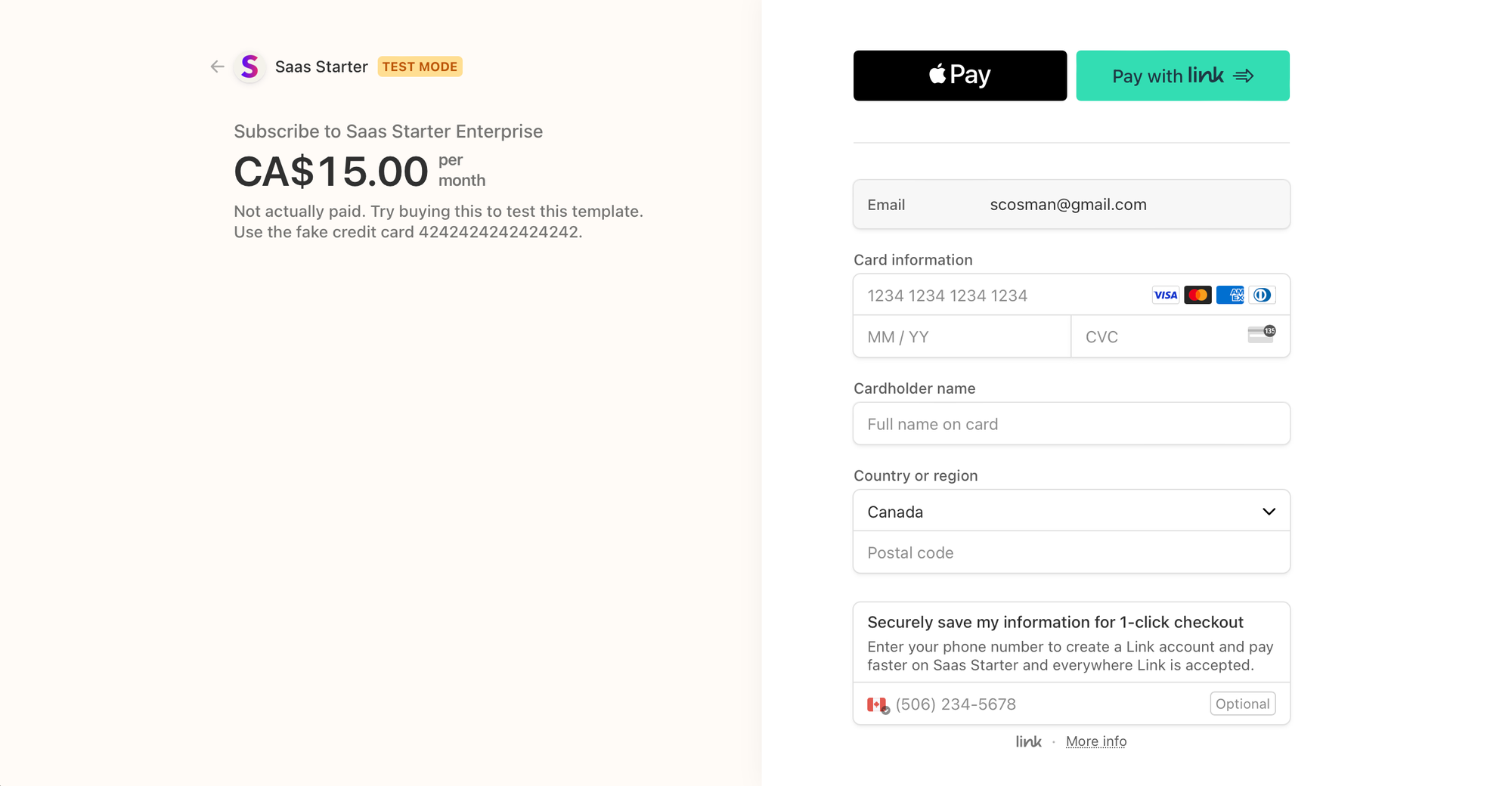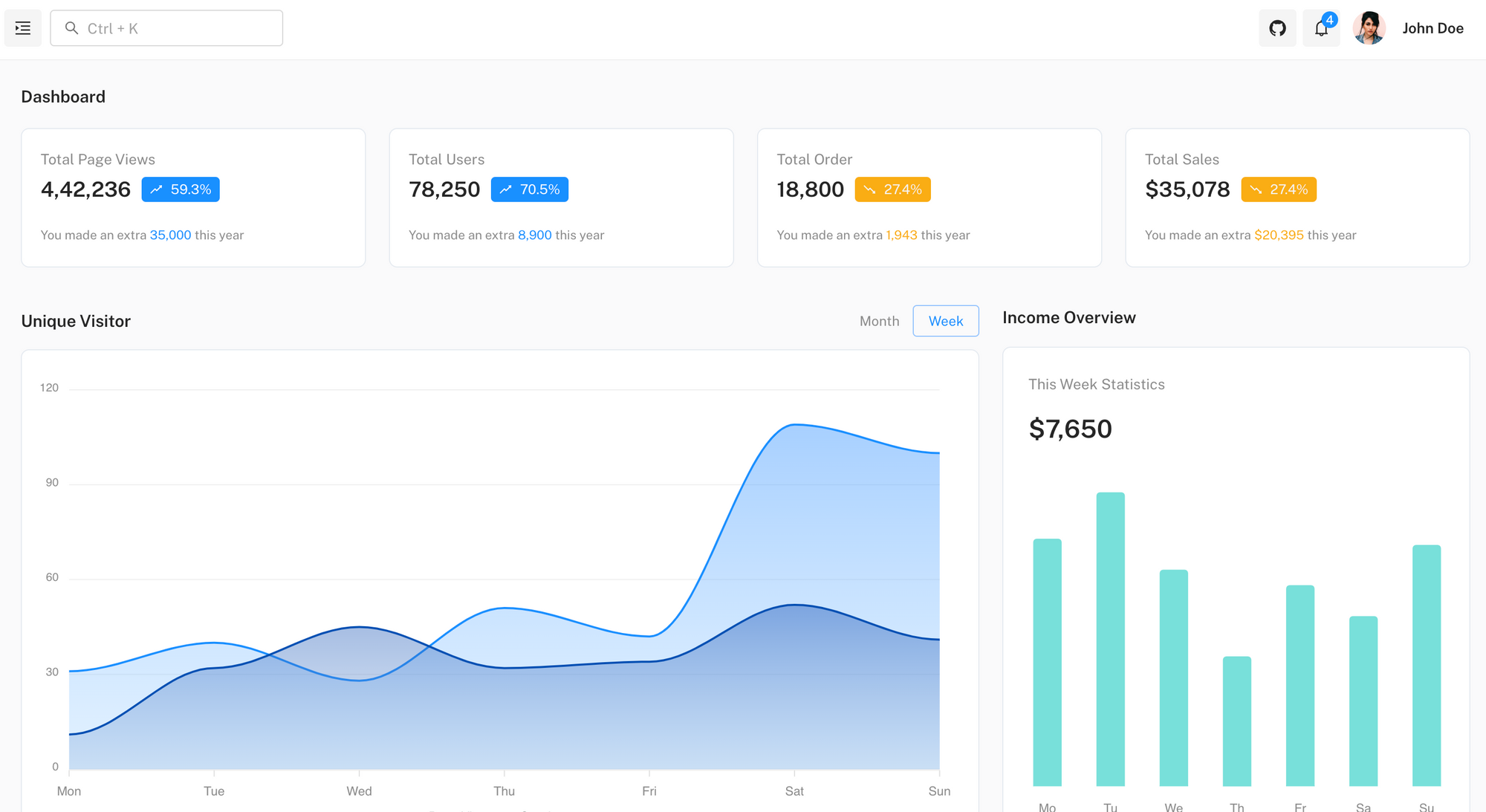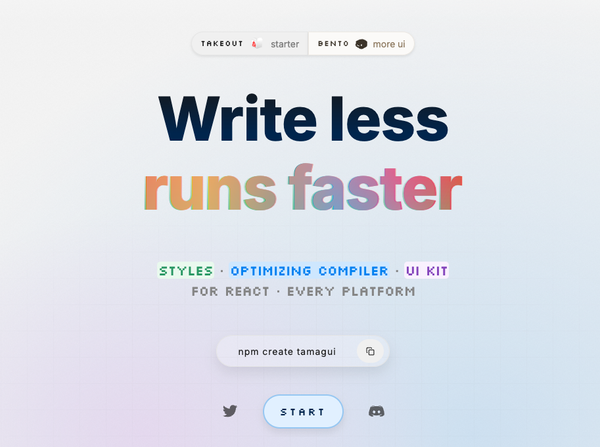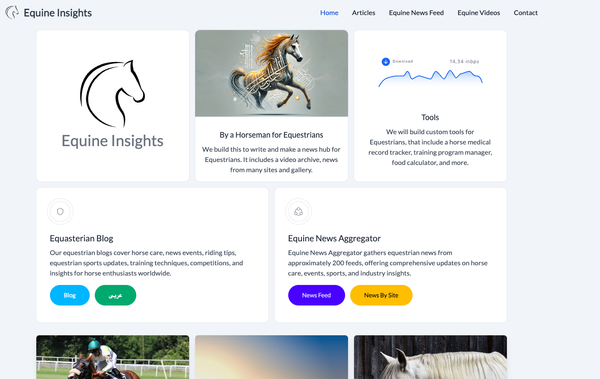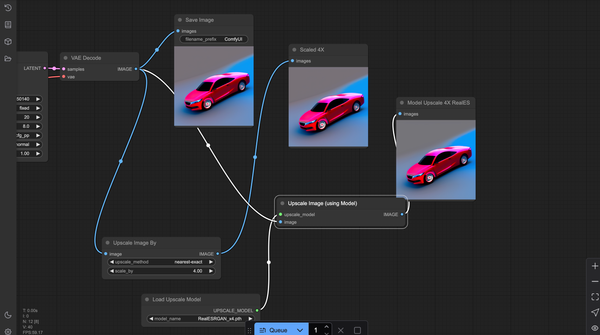Svelte vs. React and Vue: Is It the Future of Frontend Development?
The Future of Frontend Frameworks: React, Vue, and Svelte
Table of Content
In the ever-evolving world of web development, new technologies constantly emerge, promising improved performance and developer experience. Among these, Svelte has gained significant attention.
But can it truly challenge the established giants, React and Vue?
Let's explore the key aspects of these frameworks to understand their positions in the current landscape.
Framework Origins
React: Developed by Facebook in 2013, React introduced the virtual DOM and component-based architecture, revolutionizing frontend development.
Vue: Created by Evan You in 2014, Vue aimed to be a more approachable alternative to Angular, combining the best features of existing frameworks.
Svelte: Introduced by Rich Harris in 2016, Svelte took a unique approach by compiling components at build time, resulting in highly optimized vanilla JavaScript.
Learning Curve and Developer Experience
React: Known for its steeper learning curve due to concepts like JSX and complex state management, but offers great flexibility once mastered.
Vue: Praised for its gentle learning curve and intuitive syntax, making it accessible for beginners and efficient for experienced developers.
Svelte: Offers the most straightforward learning experience, feeling much like writing plain HTML, CSS, and JavaScript with added reactivity.
Ecosystem and Adoption
React: Boasts the largest ecosystem and community support, dominating the job market and enterprise applications.
Vue: Has a robust ecosystem and strong following, especially popular among smaller projects and in certain geographical regions.
Svelte: While growing rapidly, its ecosystem is still smaller compared to React and Vue, limiting its adoption in large-scale projects.
Strengths and Weaknesses
1- React
- Strengths:
- Huge ecosystem and community support
- Flexibility with how components are structured and managed
- Can be used to build both web and mobile apps (React Native)
- Backed by Facebook with consistent updates
- Weaknesses:
- Steep learning curve for beginners
- Complex state management (often requires Redux or similar libraries)
- Performance can suffer in certain scenarios due to virtual DOM overhead
2- Vue
- Strengths:
- Easy to learn and use, especially for small to medium-sized apps
- Clean syntax that feels intuitive to write
- Comprehensive documentation
- Strong community support and flexibility
- Weaknesses:
- Smaller ecosystem compared to React
- Not as widely adopted in large-scale enterprise applications
3- Svelte
- Strengths:
- No virtual DOM, leading to faster runtime performance
- Compiles to highly optimized vanilla JavaScript
- Simple, straightforward syntax with minimal overhead
- Excellent for small projects and apps with performance requirements
- Weaknesses:
- Smaller ecosystem with fewer libraries and tools
- Less enterprise adoption compared to React and Vue
- Steeper curve when building larger applications due to limited ecosystem resources
The Verdict
While Svelte offers impressive performance and developer experience, it's unlikely to replace React or Vue in the near future. The established ecosystems, widespread adoption, and community support of React and Vue ensure their continued dominance, especially in large-scale and enterprise applications.
However, Svelte is carving out its own niche, particularly for smaller projects and performance-critical applications. As its ecosystem grows, it may become an increasingly attractive option for developers seeking simplicity and efficiency.
In conclusion, the frontend landscape is likely to remain diverse, with React, Vue, and Svelte each serving different needs and preferences in the development community.
